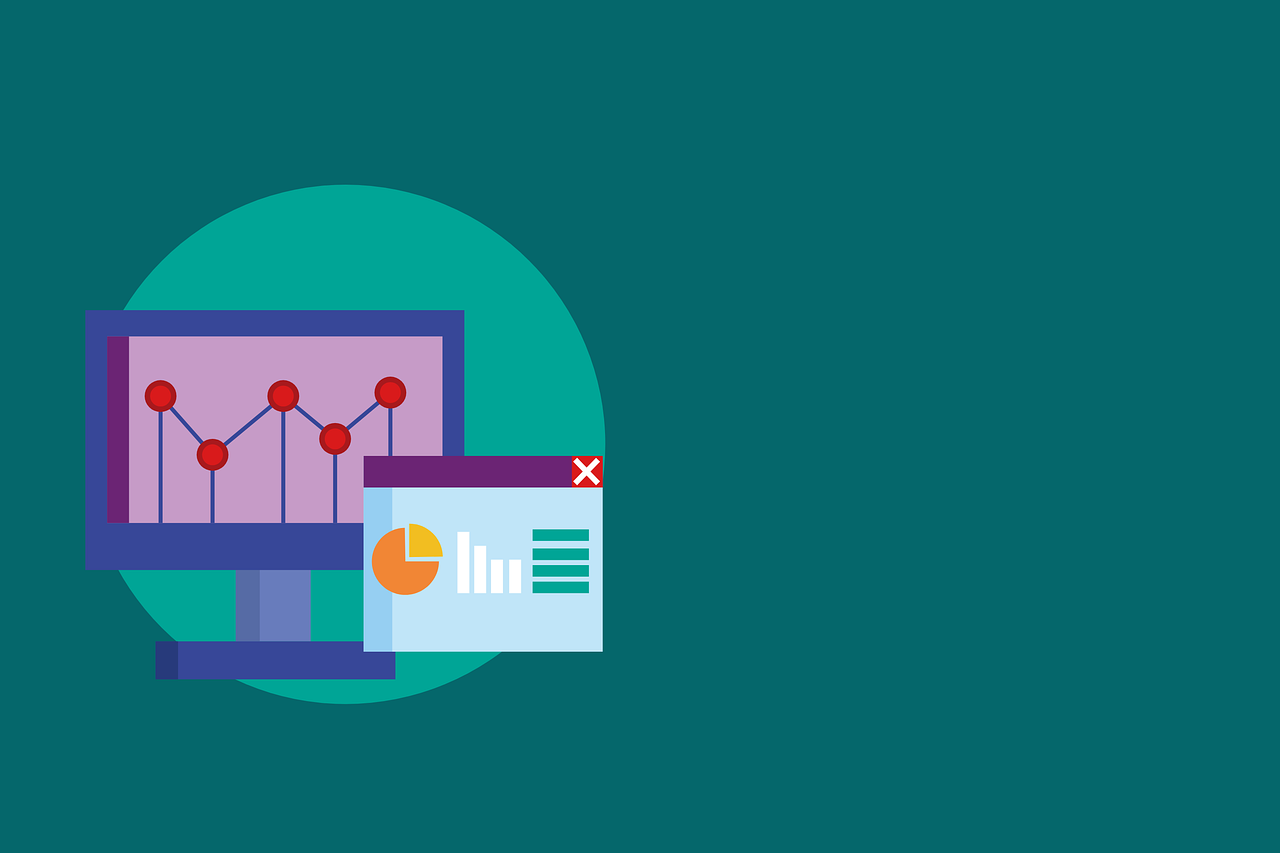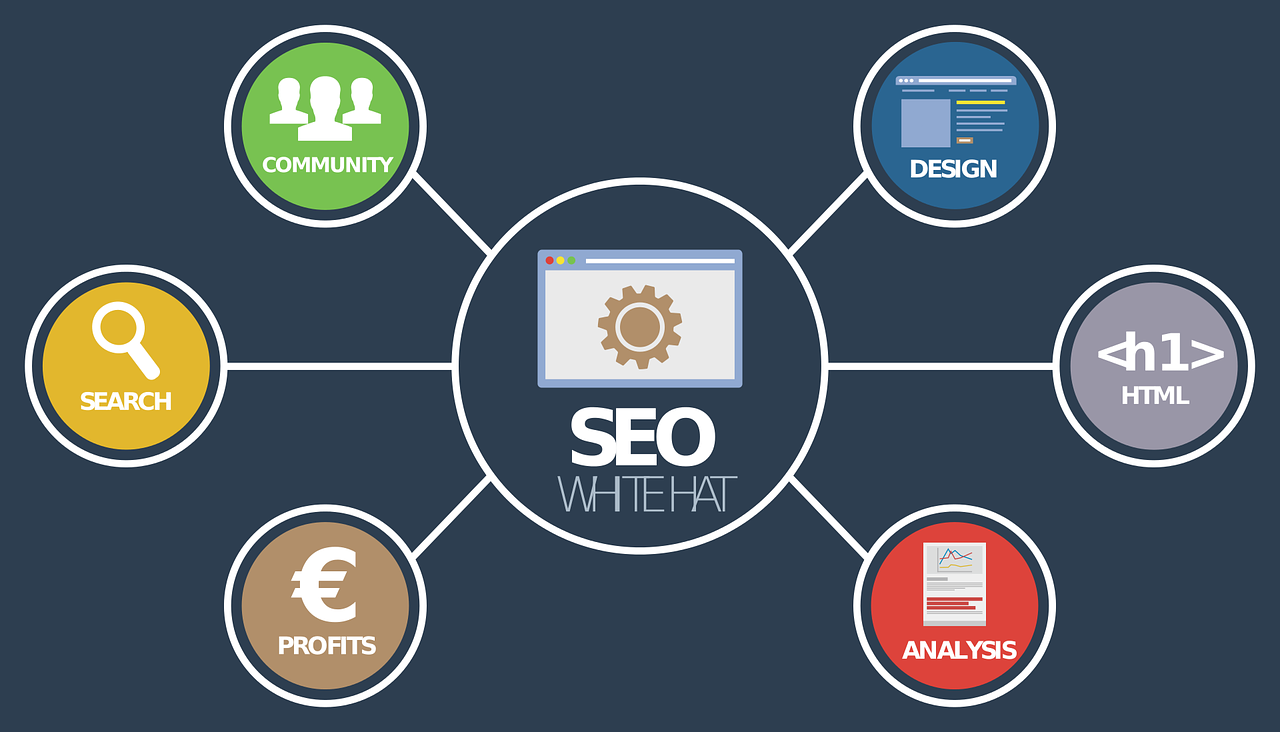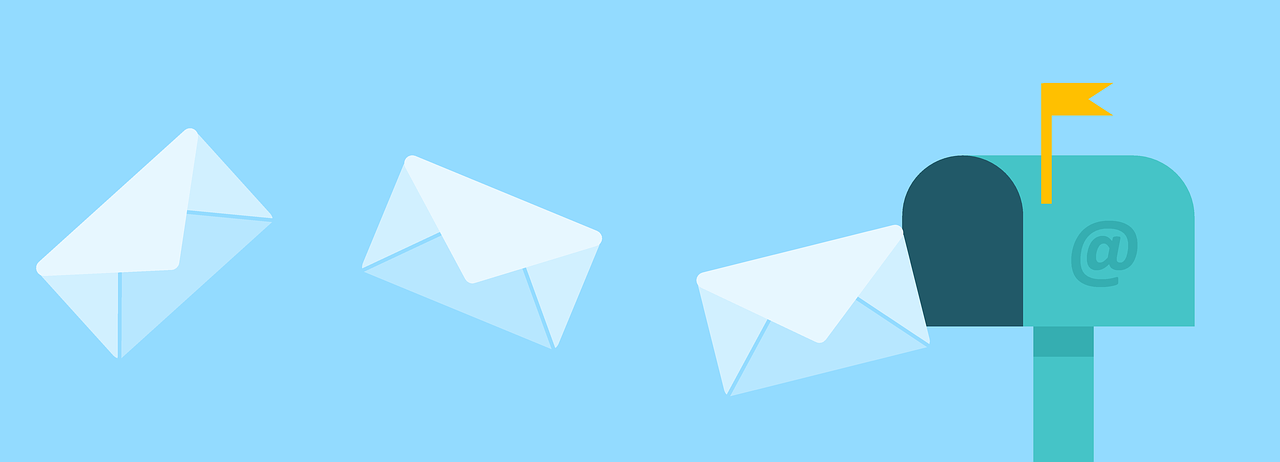In the dynamic world of marketing, understanding the distinct approaches necessary for engaging business customers compared to individual consumers is more crucial than ever. With ever-evolving technology and shifting consumer behaviors in 2025, marketers must adapt strategies that resonate deeply with their target audiences. Marketing to consumers involves emotional storytelling, mass media reach, and quick decision-making cycles, while business marketing demands detailed information, relationship-building, and longer sales processes. This duality challenges brands to carefully tailor campaigns that speak the language of each audience, leveraging platforms like LinkedIn for B2B and Instagram or Facebook for B2C. Moreover, personalization has become a defining factor, supported by tools such as Salesforce and HubSpot that help gather and analyze customer data effectively. Businesses that master these nuances experience stronger engagements, improved ROI, and lasting brand loyalty. As we explore the most effective marketing methods across these two domains, the importance of segmentation, content strategy, and channel selection becomes clear, offering actionable insights for modern marketers looking to thrive in contrasting markets.
Defining Target Audiences: Essential Strategies for B2B and B2C Marketing Success
At the heart of any effective marketing campaign lies a clear understanding of the target audience. For both business-to-business (B2B) and business-to-consumer (B2C) contexts, identifying who the message is intended for fundamentally steers marketing success. However, the nature and characteristics of these audiences differ substantially, requiring marketers to adopt different research methods and data analytics.
B2C marketing primarily focuses on individual consumers driven by demographic factors such as age, gender, lifestyle, and personal interests. For instance, a brand targeting millennial women might emphasize sustainability in its messaging and partner with influencers on Instagram or TikTok to reach this demographic effectively. According to HubSpot, about 42 percent of marketers fully understand their audience demographics, yet fewer grasp detailed interests or behaviors, highlighting a widespread challenge.
In contrast, B2B marketing deals with organizations and professional buyers. Here, the focus shifts to business characteristics such as company size, industry sector, decision-making hierarchy, and specific operational needs. The buying process often involves multiple stakeholders, requiring marketers to provide detailed product information, compliance assurances, and demonstrations of ROI to stakeholders. Professional networks like LinkedIn become invaluable channels for B2B communication since they facilitate direct outreach and relationship building with decision-makers.
To build these audience profiles, marketers should collect three types of data:
- Demographic data – age, occupation, income for individuals, and business size, revenue, and industry for companies;
- Customer behavior – purchase patterns, engagement rates, and interaction history across digital channels;
- Consumer motivations – underlying reasons for purchase, such as convenience, value, or status for consumers, and efficiency or cost-savings for businesses.
Leveraging platforms like Salesforce and Mailchimp integrated with Google Ads or Facebook campaigns enables marketers to segment audiences precisely and deliver personalized messaging across digital touchpoints. Data-driven segmentation empowers campaigns to cater specifically to each group’s preferences, whether it’s fast-fashion consumers who prioritize trends or enterprise clients seeking software that boosts productivity.

| Audience Aspect | B2C Focus | B2B Focus |
|---|---|---|
| Primary Data Type | Demographics, lifestyle, motivations | Company size, decision process, industry needs |
| Decision Timeframe | Short, often impulsive | Longer, multi-stakeholder approval |
| Communication Channels | Social media, email newsletters, influencer ads | LinkedIn, trade shows, industry forums |
| Content Tone | Emotional, lifestyle-driven | Logical, data-driven |
| Measurement Metrics | Engagement, conversions, brand awareness | Lead quality, sales pipeline, contract renewals |
In sum, defining and understanding your target audience in both markets is the foundation upon which successful marketing campaigns are built. Marketers who skillfully gather and analyze data using tools like Marketo, Hootsuite, and Constant Contact will find it easier to create highly relevant and impactful messaging that drives results. For a deeper dive into audience differentiation, visit this comprehensive resource.
Tailoring Marketing Channels and Platforms to Audience Needs
Selecting the right channels is pivotal to maximizing marketing effectiveness, yet the channels that best reach B2B audiences tend to differ markedly from those that resonate with consumers. Understanding where your audience spends time and how they prefer to consume information helps marketers fine-tune their messaging and increase conversion rates.
Consumer marketing leverages mass media and social media platforms extensively. Facebook, Instagram, and TikTok remain dominant arenas where brands create engaging, emotive content paired with influencer collaborations to trigger immediate purchase decisions. Services like Shopify integrate seamlessly with Google Ads and Mailchimp email campaigns, allowing retailers to reach consumers with personalized offers based on browsing history and purchase habits.
By contrast, business marketing often requires professional, relationship-driven channels. LinkedIn stands as the premier network for B2B marketers aiming to connect with decision-makers through sponsored content, thought leadership articles, and targeted advertisements. Trade shows and industry conferences remain vital in-person avenues where companies showcase product capabilities and establish trustful relationships. Email marketing via tools like Marketo and Constant Contact supports nurturing campaigns that sustain long sales cycles, providing insights, demos, and personalized follow-ups.
Marketing professionals must also account for the hybridization of digital and offline approaches. For example, Salesforce facilitates seamless lead management across campaigns, payments, and customer lifecycle stages, enabling marketers to track real-time engagement and pivot strategies swiftly. Careful orchestration of channels and seamless user journeys lead to impactful conversions whether selling consumer goods or enterprise solutions.
- Popular B2C channels: Instagram ads, Facebook sponsored posts, influencer partnerships, email promotions, Google Ads retargeting.
- Preferred B2B channels: LinkedIn Ads, industry webinars, sales outreach, whitepapers distributed via Marketo, trade events.
| Channel Type | B2C Benefits | B2B Benefits |
|---|---|---|
| Social Media | Broad reach, emotionally engaging | Professional targeting, networking |
| Email Marketing | Personalized offers, timely notifications | Lead nurturing, relationship building |
| Events | Pop-up shops, experiential marketing | Trade shows, seminars |
The synergy between channel choice and content strategy will be further explored in the next section. More insights on channel optimization for different audiences can be found at Paradux Media’s analysis.

Developing Content Strategies that Resonate Differently for Business and Consumer Audiences
Content is king in marketing, but its form and function vary widely depending on whether you are engaging a business audience or consumers. Each group demands content that either appeals to their emotional and lifestyle interests or informs them logically and comprehensively about products and solutions.
For consumer marketing, content needs to be visually compelling, fast-paced, and relatable. Brands often craft stories via blogs, Instagram reels, or YouTube videos that portray aspirational lifestyles, foster brand affinity, and encourage social sharing. This approach is especially effective when partnered with influencer marketing, as seen with GymShark’s collaboration with athletic influencers who authentically integrate the brand into their daily routines. According to marketing research, 82 percent of people are more likely to act on recommendations from trusted influencers than direct brand ads.
On the other hand, B2B content strategies prioritize depth and detail, providing white papers, detailed case studies, webinars, and reports that dissect challenges and showcase the ROI of business solutions. These materials position the brand as a thought leader, build trust, and assist long sales cycles by educating potential clients. Marketers use platforms like HubSpot and Marketo to automate personalized content delivery based on user behavior and stage in the buying journey.
- Effective B2C content includes: emotional storytelling, interactive videos, influencer collaborations, lifestyle blogs.
- Effective B2B content includes: webinars, detailed whitepapers, ROI calculators, case studies, industry reports.
The different content approaches align with audience expectations and decision-making processes. B2C consumers often seek convenience, entertainment, and status, while B2B buyers want data-backed evidence of performance, reliability, and cost efficiency.
Understanding these distinctions helps marketers optimize content creation workflows and content marketing calendars, ensuring alignment with audience needs and boost engagement via platforms like Mailchimp and Salesforce. More on these strategic differences is detailed in this Reference.com article.
Measuring Success: Analytics and Metrics That Matter for Business vs. Consumer Marketing
Measurement is critical in marketing to know what works and identify areas for optimization. However, the key metrics used differ substantially between customer-to-consumer (B2C) and business-to-business (B2B) marketing.
In a B2C context, marketing success is often gauged through metrics related to immediate engagement and transaction value such as:
- Reach and impressions across digital campaigns;
- Click-through rates on social media or email ads;
- Conversion rates from ad views to purchases;
- Customer retention and repeat purchase frequency.
Because consumer purchases can be impulsive or habitual, these metrics directly reflect campaign effectiveness and return on investment. Marketers leverage platforms like Google Ads and Mailchimp to monitor behavior and dynamically adjust campaigns in near real-time.
Conversely, in B2B marketing, metrics focus more on qualitative outcomes and long-term impact, such as:
- Number and quality of generated leads;
- Length and progression of sales pipeline stages;
- Account retention and upsell performance;
- Customer lifetime value (CLV) and satisfaction surveys.
Business sales cycles are extended, making lead nurturing and relationship management critical. Using CRMs like Salesforce, marketers track complex buying journeys and coordinate cross-team collaboration to close deals efficiently.
| Metric Category | B2C Focus | B2B Focus |
|---|---|---|
| Engagement | Impressions, clicks, social shares | Lead interactions, content downloads |
| Conversion | Online purchases, app installs | Qualified leads, contract signings |
| Retention | Repeat customers, loyalty program members | Account renewals, upselling rates |
Analyzing these metrics helps marketers optimize spend across tools such as Marketo and Hootsuite, ensuring marketing efforts translate into measurable business outcomes. For marketers eager to deepen their analytics knowledge, exploring courses on digital marketing platforms like HubSpot Academy and Salesforce Trailhead is highly recommended.

Adapting Marketing Approaches for 2025 and Beyond: Trends and Innovations in B2B and B2C Marketing
As technology and consumer expectations evolve rapidly in 2025, marketers must stay ahead by embracing innovation in both B2C and B2B landscapes. The rise of artificial intelligence, machine learning, and advanced data analytics facilitates hyper-personalized marketing strategies, meeting the high expectations for customization and engagement. According to Zendesk, 68 percent of consumers now expect personalized experiences—placing pressure on marketers to leverage platforms like HubSpot and Salesforce to segment and target effectively.
In the B2C realm, interactive and immersive experiences such as augmented reality (AR) try-ons, shoppable videos, and voice-based shopping are becoming mainstream. Brands using Shopify integrated with Google Ads are capitalizing on these innovations to reduce friction in the path to purchase, elevating convenience and excitement.
Meanwhile, B2B marketers are deploying AI-powered tools to analyze vast amounts of customer data and predict buying intent, enabling precision in lead scoring and account-based marketing strategies. Marketo and Salesforce have integrated such capabilities, allowing marketing and sales teams to collaborate more closely and deliver timely, relevant messaging.
- Adoption of chatbots and virtual assistants for real-time engagement;
- Increased investment in video content for both educational and promotional purposes;
- Greater emphasis on sustainability and corporate social responsibility as decision factors;
- Omnichannel marketing integration for seamless customer experiences across devices and platforms.
Businesses that successfully integrate innovative technologies with customer insights will thrive in the competitive marketing landscape of the mid-2020s. For further reading on these emerging trends, consult Forbes’ 12 Effective Marketing Tactics.
Comparison: Effective Marketing to Business vs Consumer Customers (2025)
| Marketing Aspect ▲▼ | B2C Marketing in 2025 ▲▼ | B2B Marketing in 2025 ▲▼ |
|---|
How can marketers effectively personalize experiences for both business and consumer customers?
Personalization in marketing requires detailed customer data and the integration of sophisticated technology platforms. For B2C customers, marketers utilize behavioral data, purchase history, and online interactions to deliver targeted ads and product recommendations through channels like Facebook and Google Ads. For B2B clients, personalization involves understanding the specific needs of each business, segmenting by industry, role, and company size, and tailoring communications using CRMs such as Salesforce and marketing automation tools like Marketo. These combined efforts ensure messages are relevant and timely, enhancing customer satisfaction and loyalty.
What role do influencers play in consumer vs. business marketing?
Influencers hold significant power in B2C marketing by offering trusted endorsements that resonate emotionally with consumers. Partnerships with lifestyle or niche influencers on Instagram or TikTok often translate directly into sales boosts. In contrast, B2B marketing generally relies less on public influencers and more on industry experts, thought leaders, and peer recommendations via professional channels like LinkedIn. These relationships build credibility and support informed purchasing decisions.
Why is segmentation more complex in B2B marketing than B2C?
B2B segmentation must account for multiple buyer personas, company sizes, sectors, budgets, and decision-making processes. Sales cycles are longer and involve teams rather than individuals, requiring nuanced segmentation models. Meanwhile, B2C segmentation focuses on demographic and lifestyle traits that drive quicker, often impulsive, purchases. This complexity demands greater data integration and strategy in B2B marketing.
How do sales cycles influence marketing strategies differently in B2B and B2C?
Consumer sales cycles are usually short, favoring quick, emotive marketing tactics that prompt fast decision-making. Conversely, B2B sales cycles span months or even years due to the involvement of multiple stakeholders, negotiation processes, and high-value contracts. B2B marketers focus on nurturing leads through educational content, relationship-building, and consistent engagement using tools like Mailchimp and Salesforce.
Which platforms provide the best ROI for B2B and B2C marketing campaigns?
Facebook and Google Ads typically offer strong ROI in B2C campaigns due to vast reach and advanced targeting for consumers. For B2B, LinkedIn often provides superior returns because of its professional audience and robust advertising features that allow precise targeting by job title, industry, and company size. Integrating campaigns with platforms like HubSpot and Marketo enhances tracking and performance optimization.


